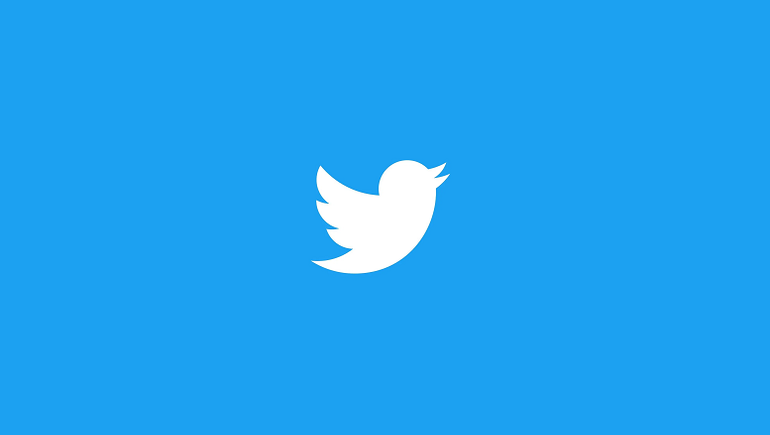While it’s facing a new battle for user attention, with the rapid emergence of Meta’s new Threads app, Twitter has also had a significant win on another front, with Twitter’s parent company X Corp securing its first licenses to enable funds transfers in the app in three US states.
As reported by Fortune, over the past week, Twitter has gained money transmitter licenses in Michigan, Missouri, and New Hampshire. That’s the first step to facilitating direct payments in the app, which is a key element of Elon Musk’s broader plan for an ‘everything app’, which could also, eventually, see Twitter renamed as part of this shift.
Elon’s long-held vision is to build an all-encompassing mega-app, offering similar utility to China’s WeChat, which has become an essential connective tool for billions of people in that region.
On WeChat, Chinese users purchase train tickets, pay their bills, do their grocery shopping, etc., while also using the app’s social elements to stay in touch with friends and family, and follow the latest news updates. Musk sees the same potential with Twitter, for which he’s looking to use his knowledge of payments to transform the platform into a broader tool.
Musk initially came up with the X concept back in 1999, when he launched his first online banking start-up, named X.com, which was eventually acquired and transformed into PayPal. But Musk wasn’t done with the idea. Stemming from this, Elon mapped out his concept for an ‘everything app’, which would be built on a foundation of payments, and become a critical platform for all kinds of activity.
Now, he’s looking to realize that concept, by embedding payments into Twitter’s core functionality, in the hopes that he can translate the app’s established presence into true utility, and convert it into a billion-user platform. Indeed, Musk has already told Twitter investment partners that, in his view, payments could generate as much as $1.3 billion for the company by 2028.
So will it work?
The challenge here is that this is not an original concept, with many online platforms trying to incorporate payments, as a means to broaden their offerings, and cement their connective presence.
Meta is the most direct example. Back in 2016, Meta made a big push on adding more functionality into Messenger, with a view to parlaying its popularity into becoming a ‘Western WeChat’. But what it eventually found was that Messenger users didn’t want to make payments, or play games – or really, do anything other than send messages in the app. That, eventually, forced Meta to scale back its functionality push, in favor of streamlining the Messenger UI, while it’s also faced significant pushback in several markets on facilitating in-app payments.
Meta’s since made WhatsApp, and developing markets, its focus on this front, with payments being the backbone of this push.
It’s still working on this, and after years of development, it’s nowhere near making in-app payments a key functional offering. That doesn’t seem to bode well for Musk’s similar push – but maybe, through his business connections, and knowledge of the payments landscape, maybe he can gain traction where Zuck and Co. have not.
Though it’s unlikely to be easy, or quick. Even with approval in three states, Twitter still has a long way to go in building this element, and forming a more viable pathway for payment and purchases.
And even if it can, there’s little to suggest that users will even want this, if it does become available.
But it’s an important next step either way, and as Elon looks to rebuild Twitter in his image, this will be a key element to watch.



